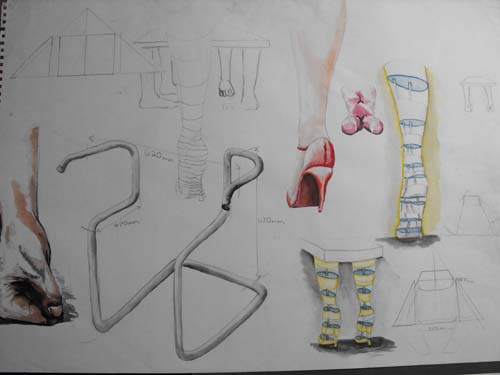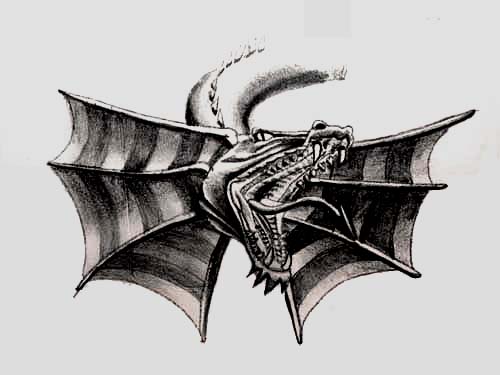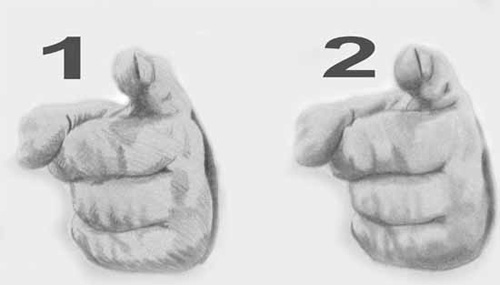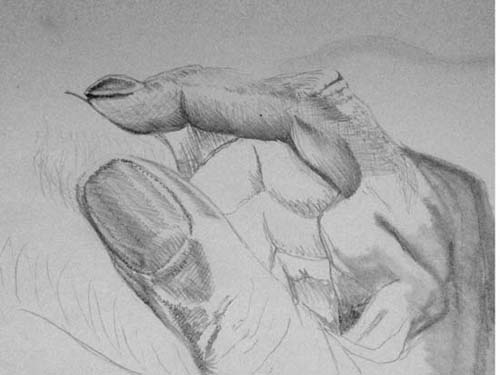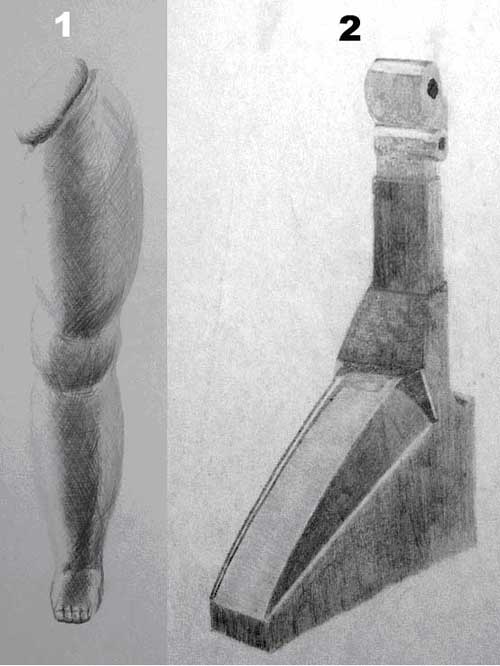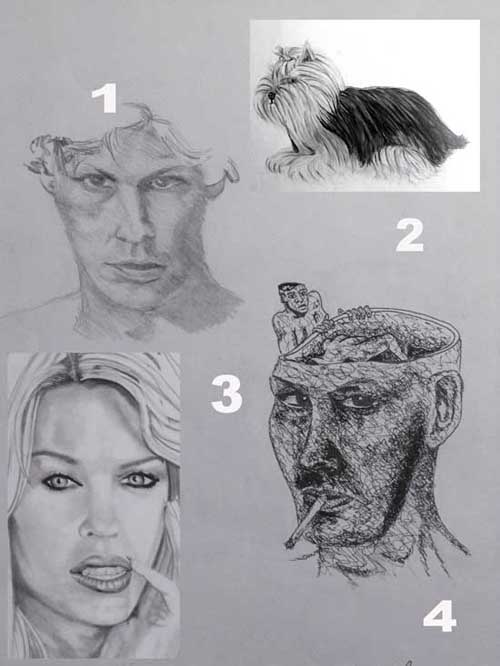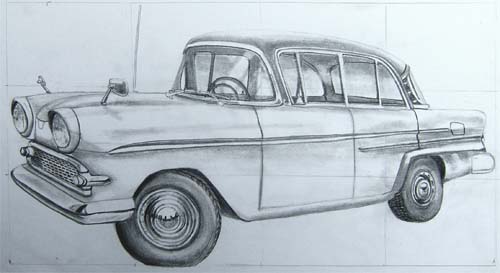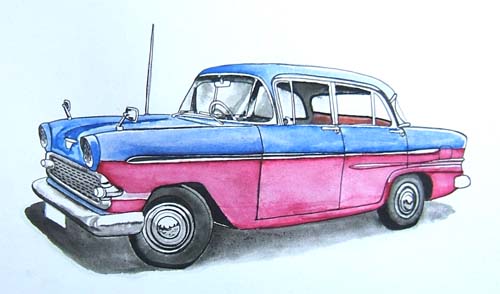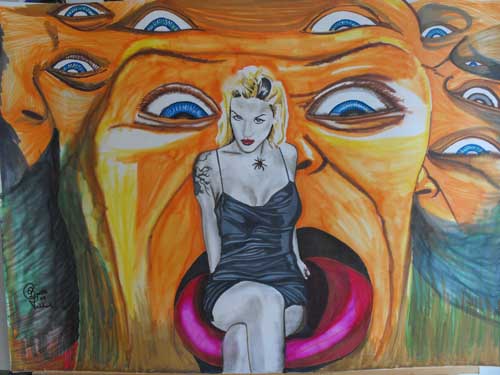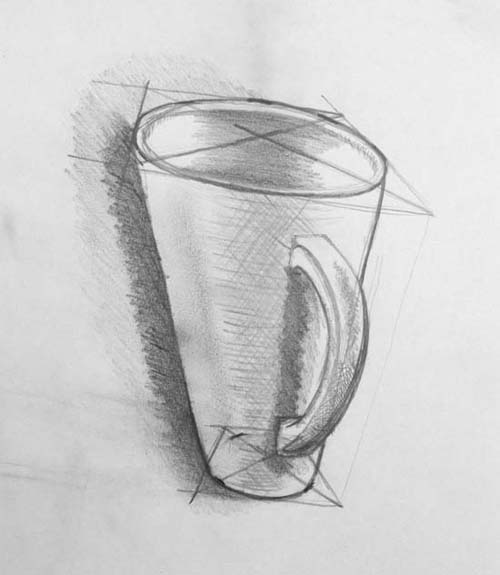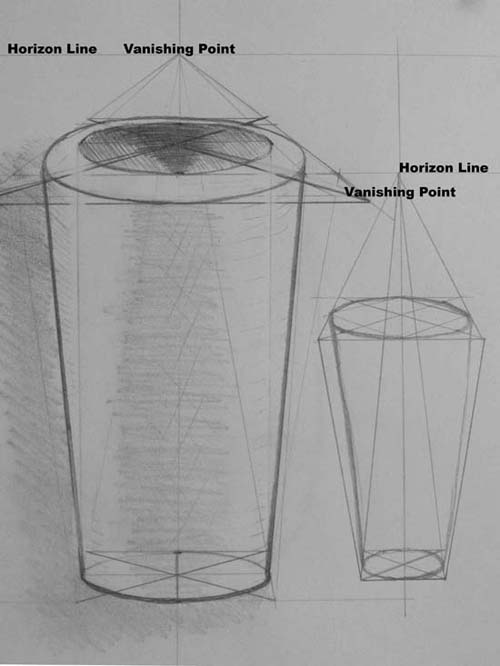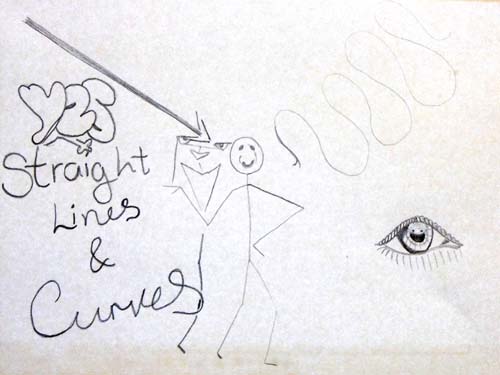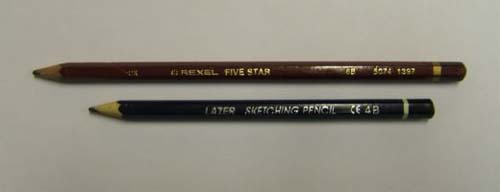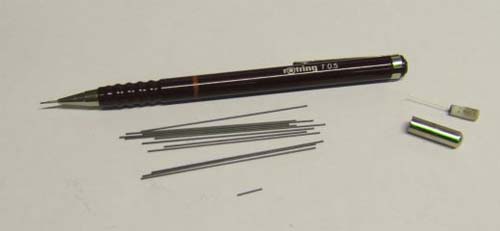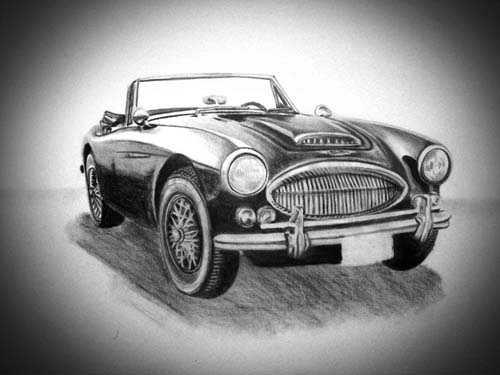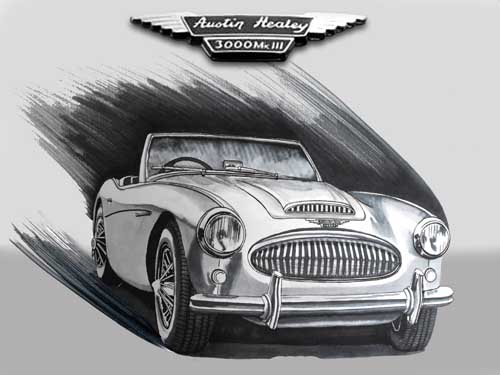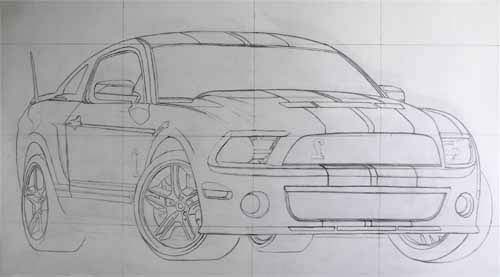How to draw graffiti, the first step you need to take, is deciding, what you are going to write, are you going to write, your name or are you going to give yourself a handle, like many graffiti artists and writers do, all over the world, all of the time. If you want to get a better understanding of, what a handle is, then you can, by following this link to graffiti creator,graffiti art.
Now take a sheet of paper and write your name or handle on it, with a pencil, the way you would normally, write it and have a look, at how you write it. Write it again, only this time make it all capitals letters, with plenty of space between them, now try writing it, in as many different ways, as you can think of and don’t worry, about the end results, it is only the start of a process.
Please see my example ideas, design sheet, below.
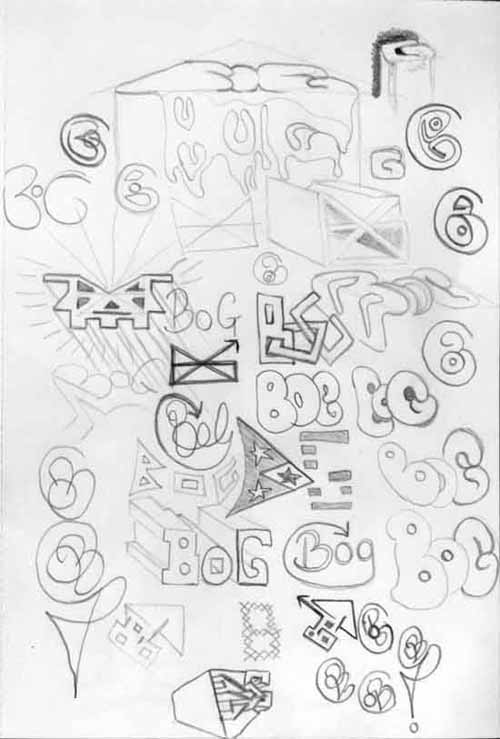
As you can see, I have used different types of letters, curved ones, square linear type letters, boxed, three dimensional letters and some, that are hardly readable as letters at all, the more you create, the better. If you find yourself stuck, after only drawing a few, then look for some ideas, in the news paper, a comic, magazine or anywhere, you might find ideas for lettering.
When you are happy, that you have generated enough ideas, then you can look over them and pick out one or two, that you like, for further development, it can be as many as you like, not just one or two, if you like them. Now, redraw these out on their own, in the center, of a clean piece of paper, try to fill the paper, as much as you can and make these drawings, more accurate, correcting or altering, anything that needs it, as you go. Try to keep your lines faint and not too heavy because they will be harder to cover later.
You can also look online, for lettering and graffiti art because there is an abundance of it, even videos that show some fantastic work, with it all being, a great source of ideas and inspiration.
You can create block lettering easy, by just redrawing your letters, over the top of each other, again but out of line, like in the example below.
You could trace your name or handle and then move it a little, to the left or right, up or down and retrace it, over the top, then fill in the area, where you can still see, the first letter outline in black, to create the illusion of shadow.
You can also overlap letters, so the second is hiding, slightly behind the first and the third behind the second, to create the illusion, of one being in front of the other, this overlapping, is a very common feature, in graffiti art.
Please see the example below, to understand this a little bit more, in a visual context.

Notice the black shadowing, created by moving the letters, up and the black outline, around all the letter shapes, you can also see that the colors have been added, any old how but are still effective because of the, well defined black outlines.
Now you can take some of your original ideas and try some of this, with them, below you will find some of my designs, taken from the first sheet of simple pencil drawings.
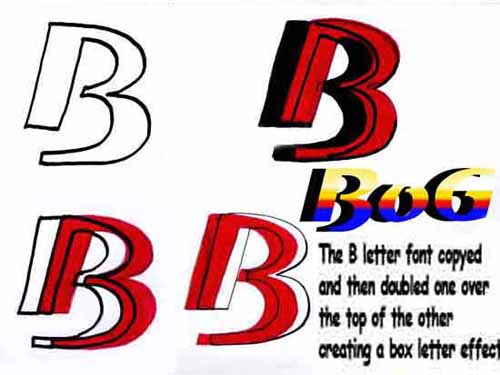
I have added color and black outlines, which is something you should now be trying, with your own designs, you could try many different combinations of color or black outlines, you could even try, colored outlines.
Now you can, further develop one idea and try it, as many different ways, as you can think of or combinations or color, see the examples below, for further development of ideas.

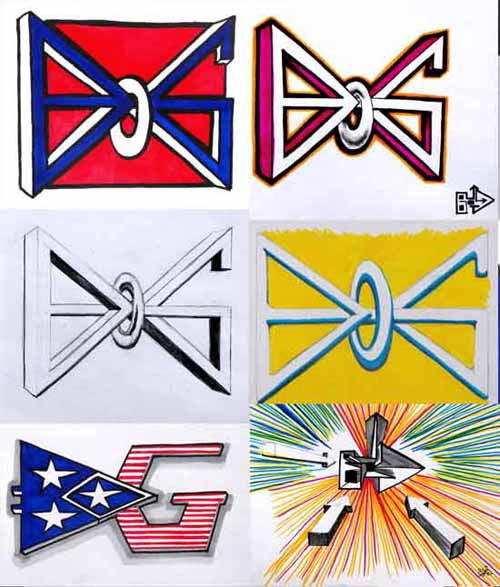
The tools I use:
Paper or drawing pad, A4 printer paper is good and not very expensive but pads are better, you can carry them around with you, if they are not too big.
Soft graphite pencils, preferably mechanical, pop a point type pencils, 0.5, 3B, if you can get them.
Fine line permanent ink pens, 0.5 and Biro’s, in different colors.
Permanent marker pens, the more colors, the better.
Water soluble felt tip pens, the more colors, the better.
Colored pencils in various colors.
Quarter inch, flat brush and water.
Learning how to draw graffiti, is not difficult or hard and you can get, very good, very quickly, if you put a little effort in to it, honest.

